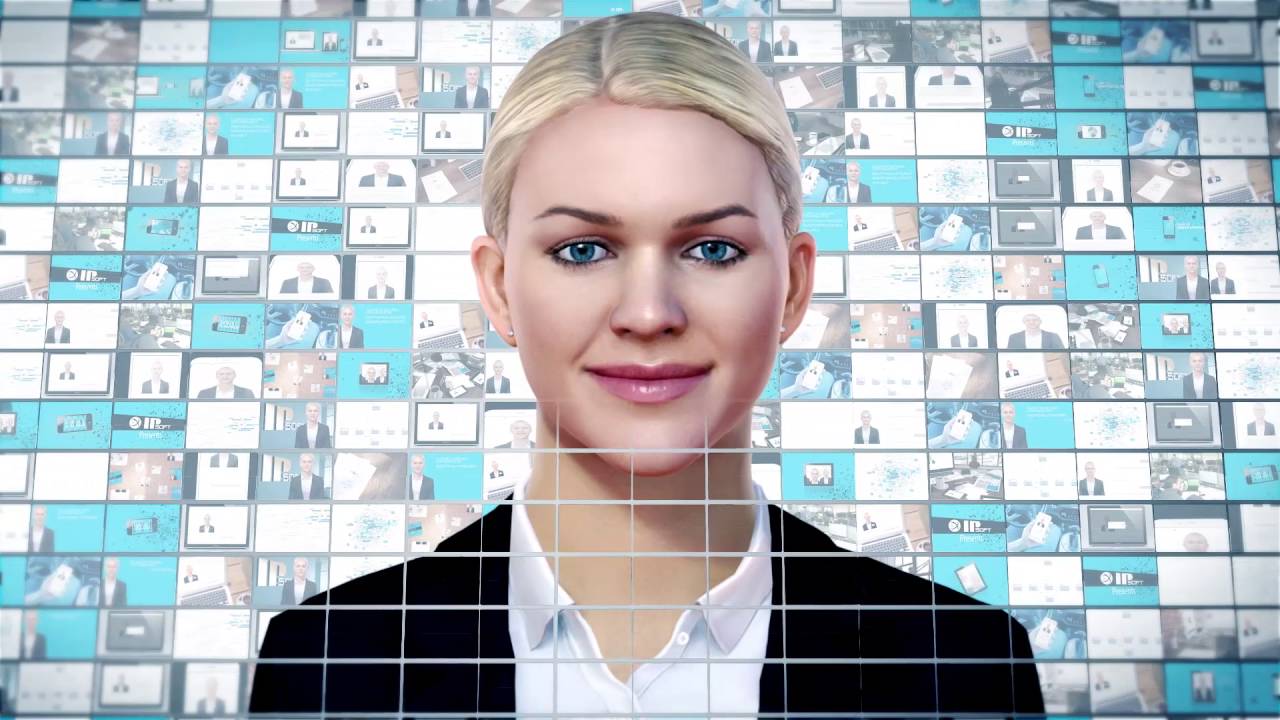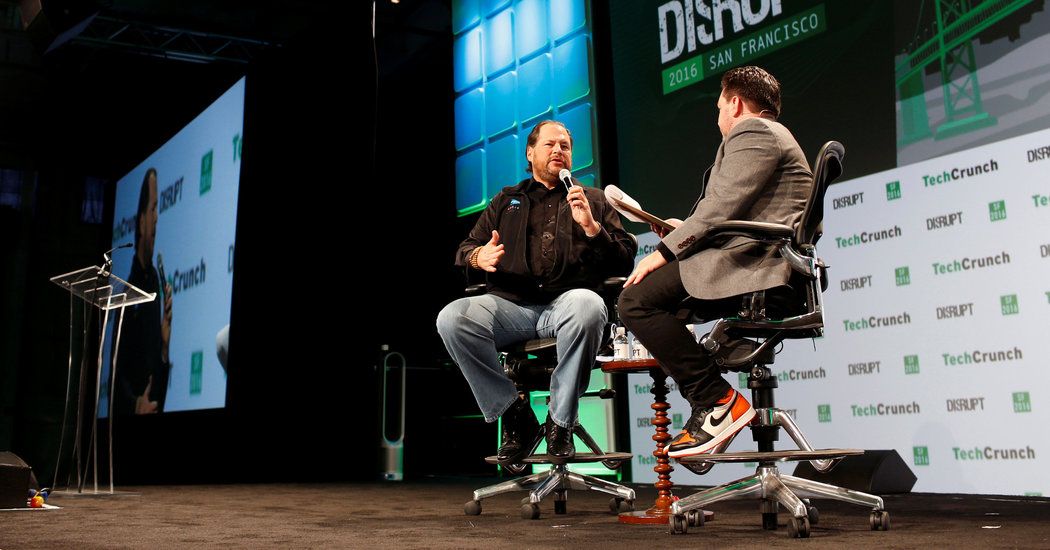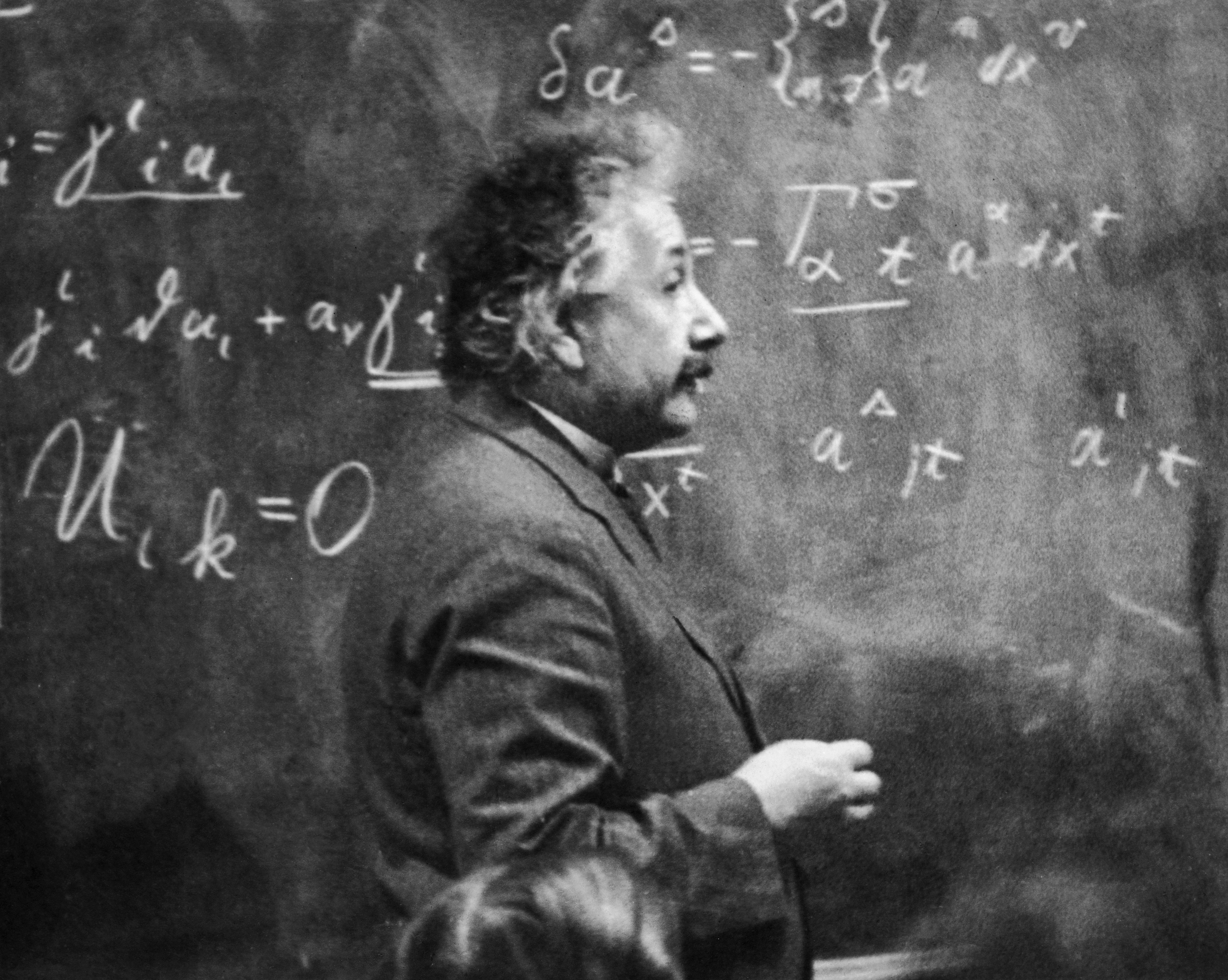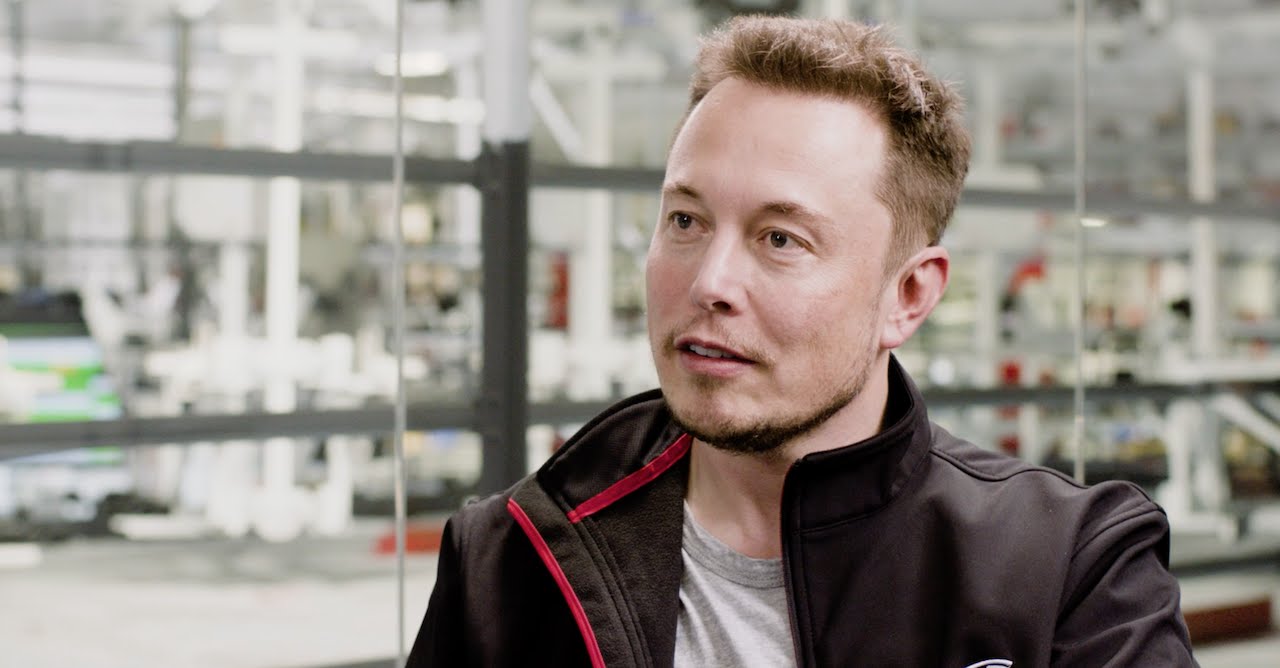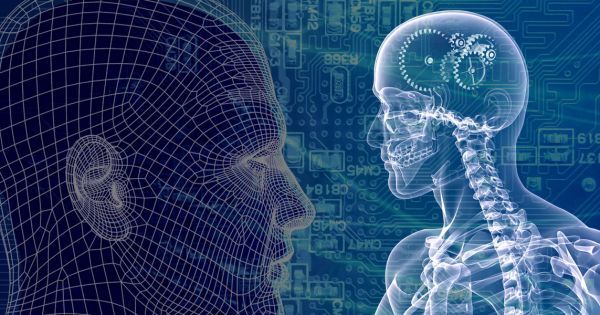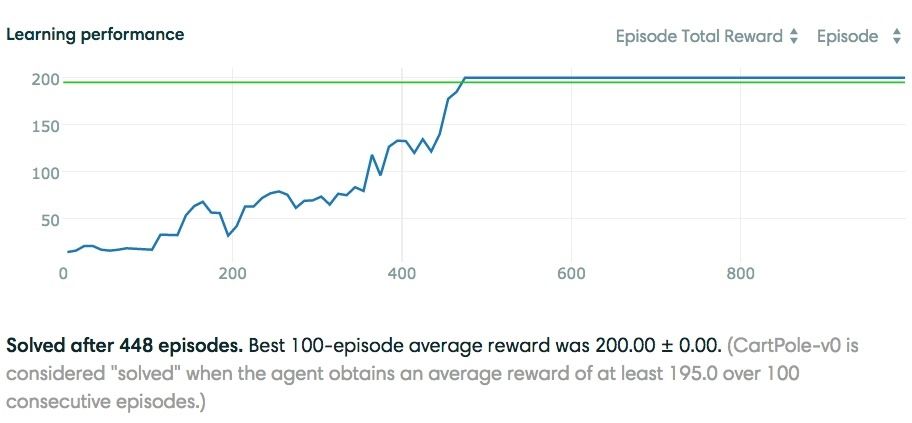Dwave’s next quantum chip, due in 2017, will be able to handle 2,000 qubits which is double the usable number in the existing D-Wave 2X system chip. It will be capable of solving certain problems 1,000x faster than its predecessor.
The new processor will also support additional features that allow for more efficient calculations.
“From an internal tests, that looks like that’s a really good thing to do. We’ve got some problems we’ve already sped up by a factor of 1,000 by exploiting that capability,” said Williams at the CW TEC conference in Cambridge.


